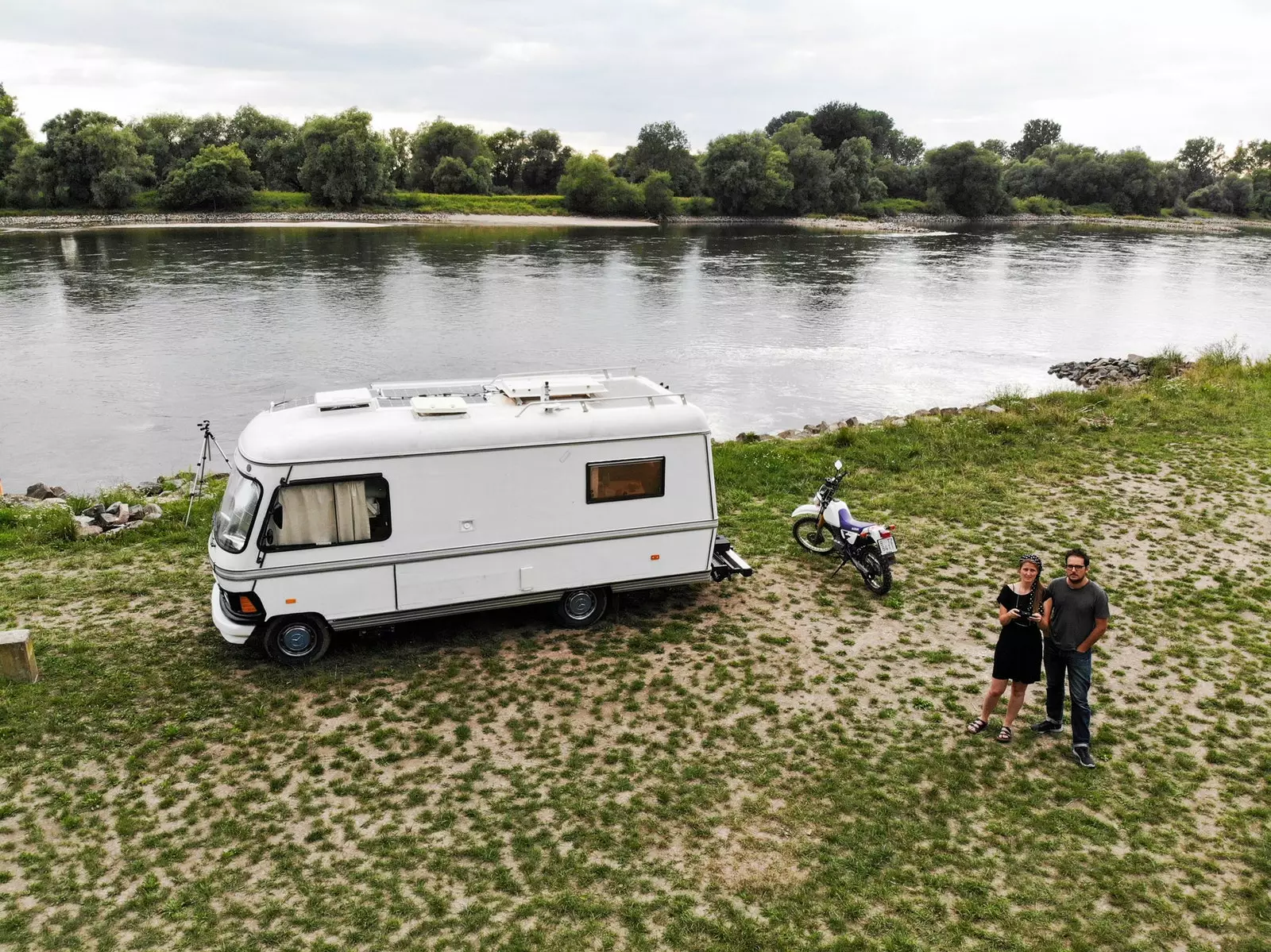
Eli Garmendia and Carlos Pericás with their inseparable Bitxa
Estudio Nómada is digital nomadism without posturing. Eli Garmendia and Carlos Pericas They have been carried away by the migratory currents aboard the Bitxa, his rolling swallow . After riding the mistral wind as she passed through Barcelona –the place where she, from Gipuzkoa, and he, from Mallorca, joined paths 15 years ago– they have traveled, since then, more than 10,000 kilometers through the heart of old Europe.
His decision was not that of the digital nomads to use, those of the Instagram channel full of self-indulgent selfies, scenes from my office today and self-help texts copied from some television commercial. They wanted to stop being in a hurry, they wanted to stop consuming just to consume, live according to minimalism and move to the slow rhythm of the seasons . They wanted to travel and see the world, but, above all, they wanted to do what they love the most in a different way: Photography.
With their professional careers focused on this field – Garmendia in the artistic and exhibition facet , more focused on nature; Pericas in the advertising portraits for music and cinema –, were launched in 2017 into the world of motorhomes with the intention of turning their home vehicle and rolling studio . In that year they took over the Bitxa , a veteran Hymer-Mobile S550 from 82 , to which they remodeled and adapted in the time that a pregnancy lasts. This is how Nomad Studio was born, a photographic studio on the move that travels while developing its professional and creative activity.
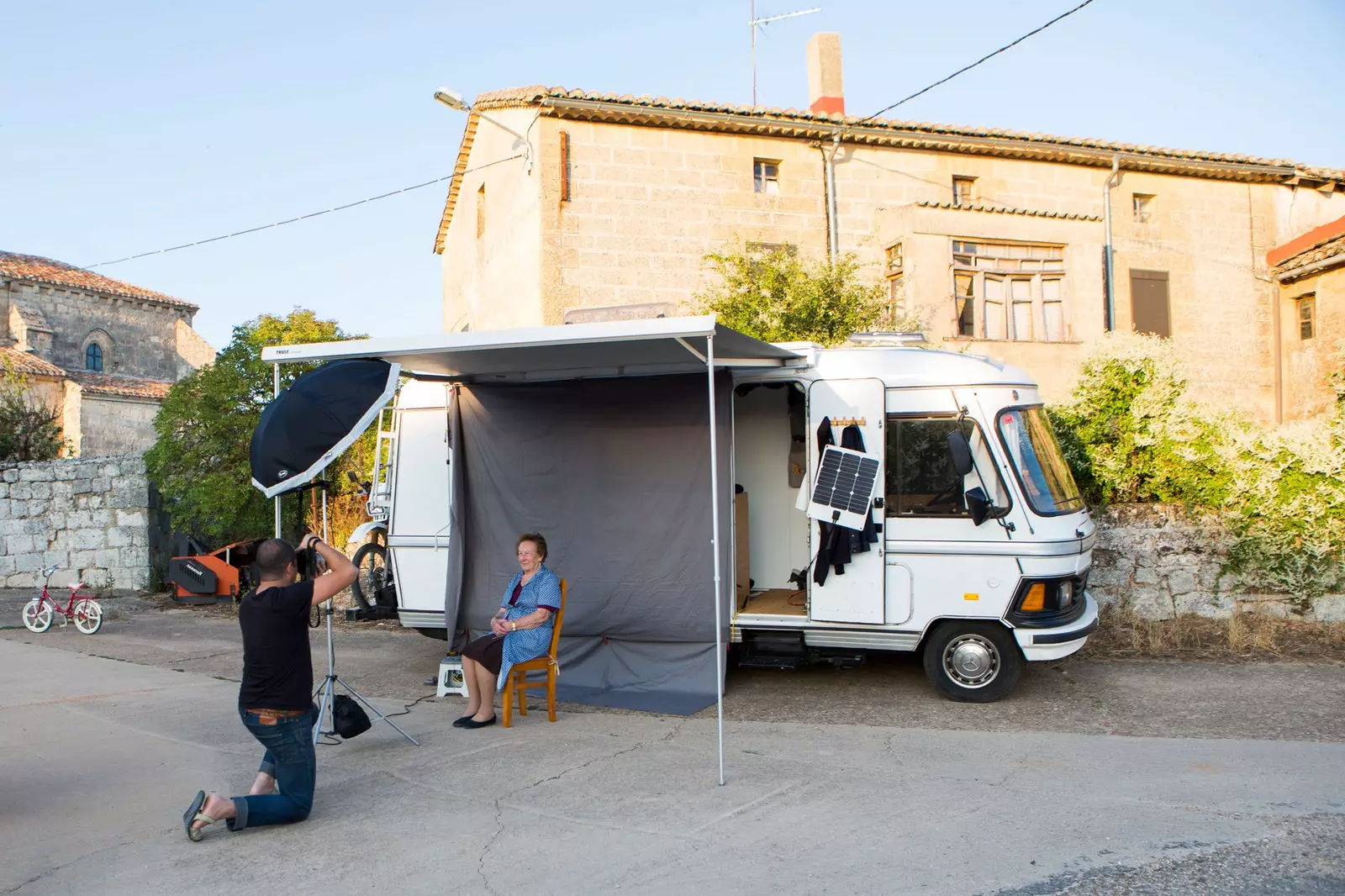
Bitxa, a veteran Hymer-Mobile S550 from 82
For Garmendia and Pericás to change their sedentary life and r reduce living space It has not been a big problem, although it has been a powerful lesson: the forced minimalism that Bitxa imposes on them you have reduced your luggage to the extreme, including your work material . "If there are three pans, you have one left over; if one pant goes in, another comes out," Pericás explains to Traveler.es by videoconference.
Despite having become motorhome drivers by definition, they do not feel like members of the camper community, which has grown exponentially in Spain in recent years. Yes they feel, instead, more immersed within the community of the same motorhome model , which helped them overcome the hardest moment they have experienced since they hit the road: the accident that almost ended the Bitxa and that allowed them to rethink the project they now have in hand: nomad portrait.
NOMAD PORTRAIT: THE PHOTOGRAPHIC MEMORY OF PEOPLES
- -We stayed like a stranded whale...
- -...in a potato field, in the middle of nowhere...
- -… on the way to Granada.
Garmendia and Pericás explain, concatenated and in verse, sounding almost like a farce, the event that almost ended their project.
Eleven months had passed since they set off and, according to Garmendia, the trip was going through its best moment. The migratory flow had taken them to southern Spain to spend the winter . It was on the stretch between Antequera and Granada when a combination of wet, poor asphalt and a worn brake spat the vehicle around a curve and caused it to flip sideways onto freshly plowed ground. The fall on the arable mud meant that the personal injuries were not catastrophic –only a bruise on the ribs in the case of Pericás– but it did cause a displacement in the vehicle chassis.
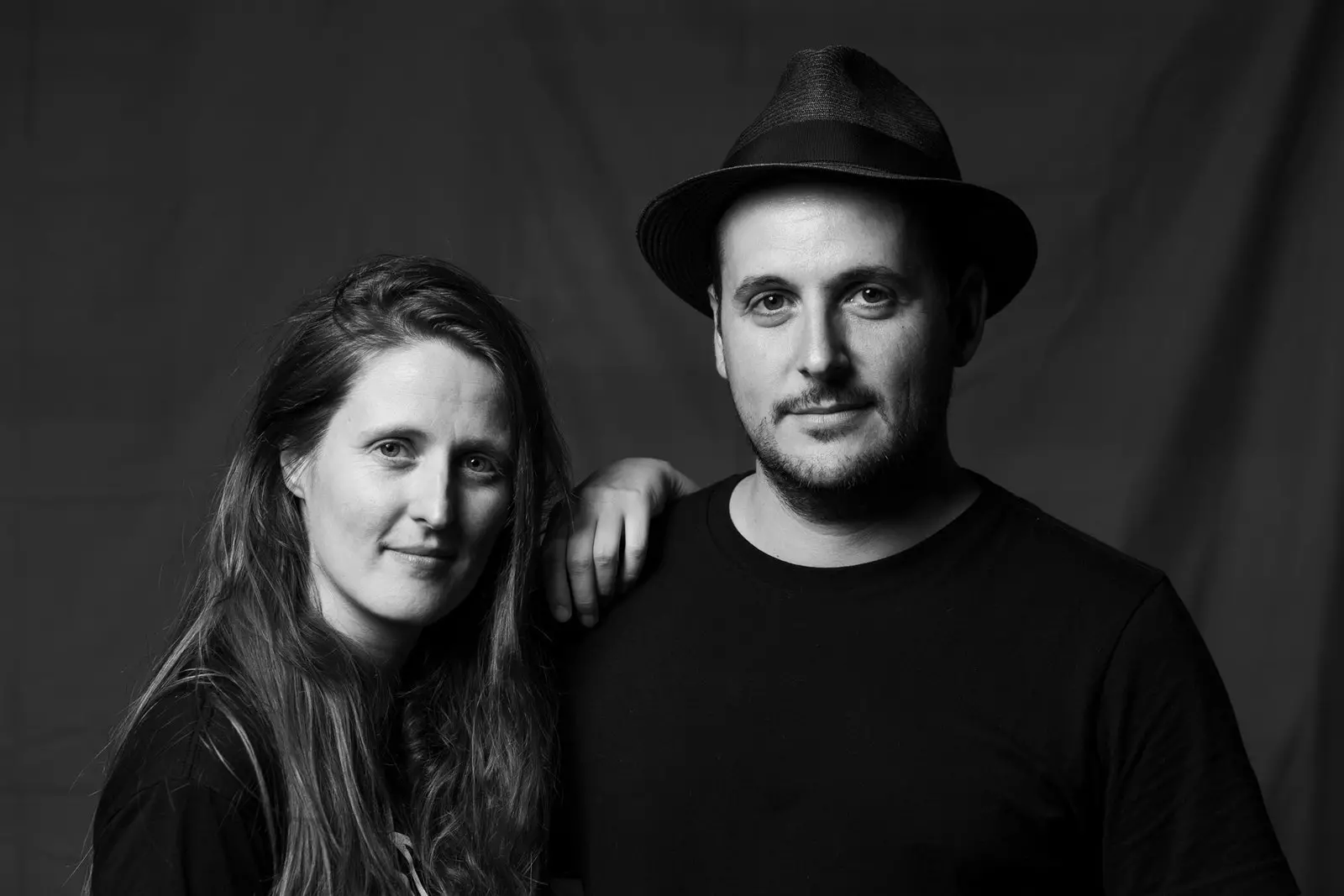
Eli Garmendia and Carlos Pericas
After going through numerous workshops where they were recommended to get rid of the Bitxa, they found a single mechanic, with experience in the Dakar, who offered to help them. During the five months it took to resolve the breakdown, there were critical moments, in which Garmendia resigned himself to the loss and Pericás insisted on recovering his home-studio, and sweet moments, like the support of the S550 community that gave them easy access to parts that are very hard to find today.
It was in that period of time, while the Bitxa was struggling between the asphalt and the scrapyard, when it was finished configuring Nomadic portrait: a photographic project that seeks to preserve the human memory of rural populations and that is born inspired by two sources. On the one hand, former traveling photographers, professionals that, at the dawn of photography, they were in charge of bringing it closer to people who did not have the economic capacity to go to the cities. Secondly, the artistic influence of great masters of this art that used portable studios for their works, such as Edward S Curtis , with his work on American Indians, or Richard Avedon with his series In American West.
Following the anthropological legacy of these authors, Nomadic Portrait is presented as a photographic archive of portraits of inhabitants of small towns , a project in which the objective is to leave a heritage for the local organization of who and what the people who lived in the places visited during that time were like.
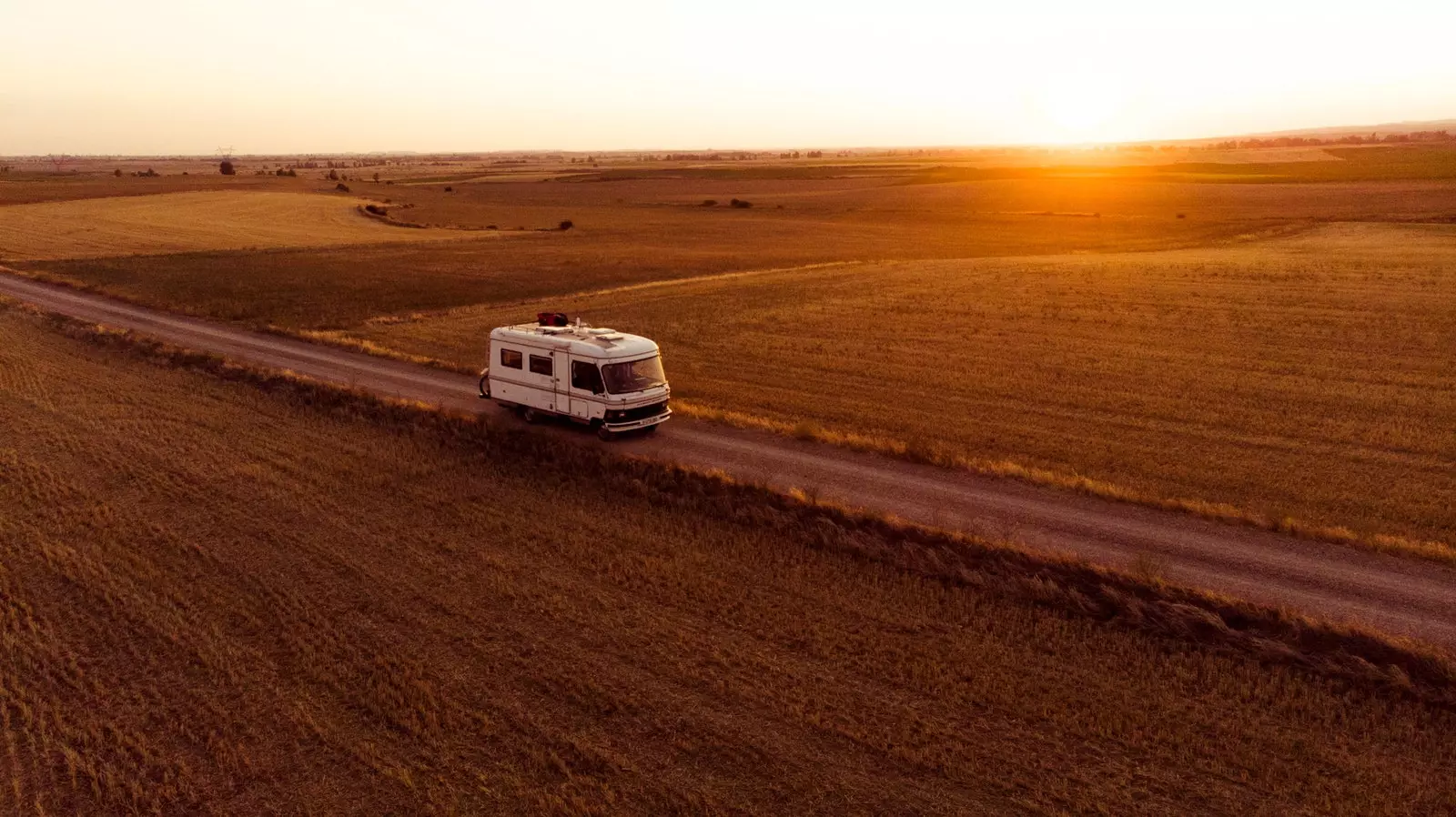
Bitxa, a veteran Hymer-Mobile S550 from 82
The writer John Berger , in his book Look at , asks: "What did photography do before the invention of the camera? The answer one expects is: engraving, drawing, painting . But the most revealing answer would be: the memory ". The memory, the recollection. That is the plane to which the project of Garmendia, Pericás and his Bitxa rises, a sort of traveling dark room and, at the same time, a time capsule for anyone who wants to leave a trace photo of his passage through the world.
With the vehicle already repaired and their project among the neurons, the traveling photographers only needed one piece that had been seriously compromised in recent months: the foundership . For this reason they presented themselves, at the end of 2019, to a call for matchfounding summoned by the Government of Guipuzkoa for which they were finally chosen. His proposal was to carry out the Nomad portrait through various towns of Guipuzkoa , a goal they set for the end of April 2020 after raising enough funding during the patronage period.
But, as happened with the rest of the country's inhabitants, his project was paralyzed by the emergence of a new obstacle in the way, this time one as tiny as it is lethal: the coronavirus. Portrait Nómada Guipuzkoa had to be aborted a week before it began.
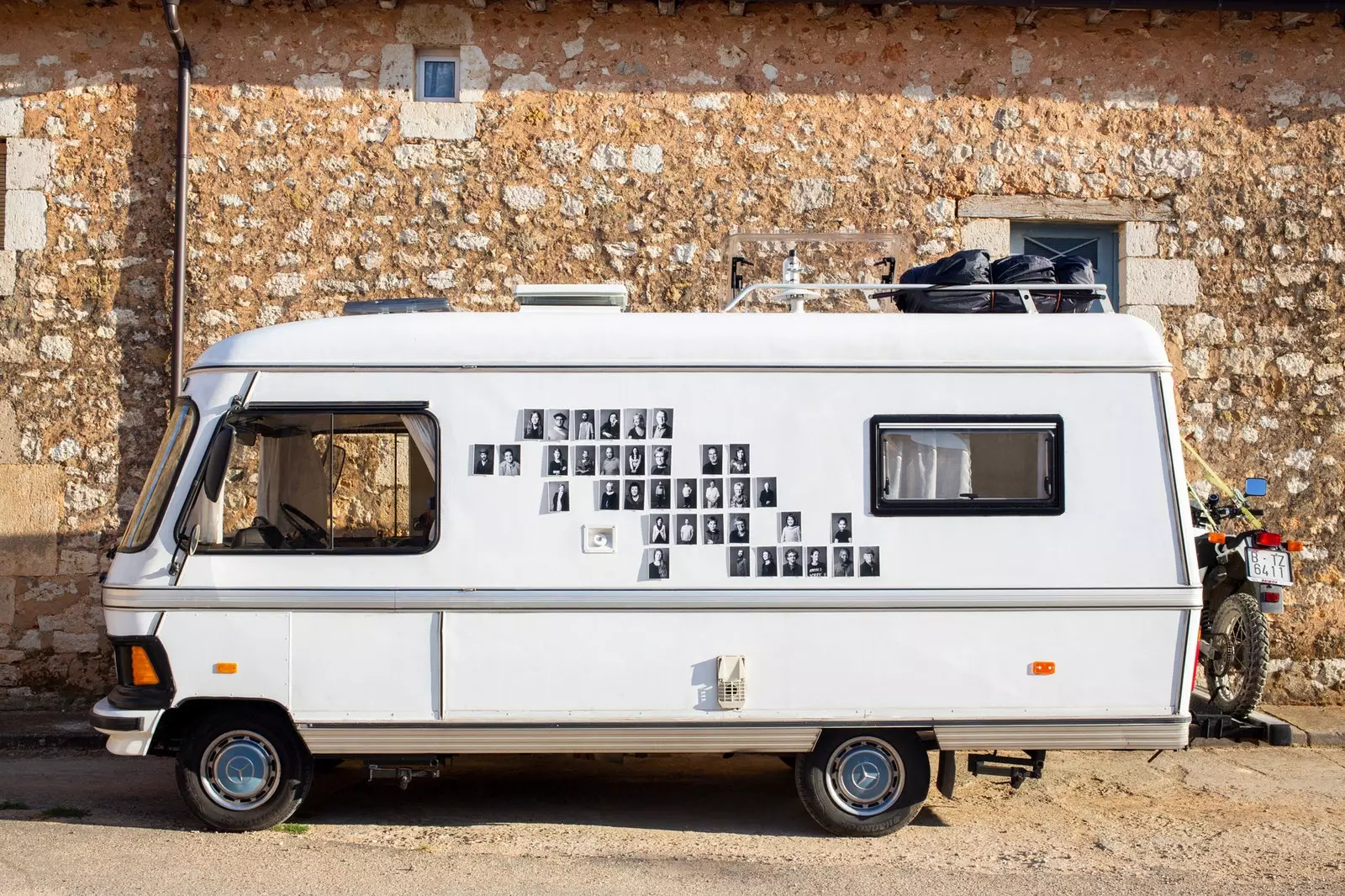
Photos of the Nomad Portrait project in Bitxa
Although resigned by the second big break after the Bitxa accident and somewhat numb by the uncertainty of what may come later, Garmendia and Pericás have already adapted to moving in flows and, since the State of Alarm ended, they have carried away by him Tramuntana wind throughout the island of Mallorca . The relaunch of its route through Guipuzkoa, which was scheduled for the end of August, has once again been put on hold due to the prevailing climate of confusion and fear, something incompatible in a project that "is based on trust, relationships and exchange" as they themselves explain.
In front of the Bitxa now the mist spreads: its movements around Europe, your side projects -What who lives there , a fusion of the style of both where they show stories of people who have a special relationship with nature– and even the expansion of Portrait Nomad to other places in Spain and Europe , for which they would need new financial aid.
The pandemic has cracked many pillars of the world we knew, but it has also caused projects like Nomad Portrait to take on an even deeper meaning: to preserve memory (life, after all) at a time when we feel more vulnerable than ever.
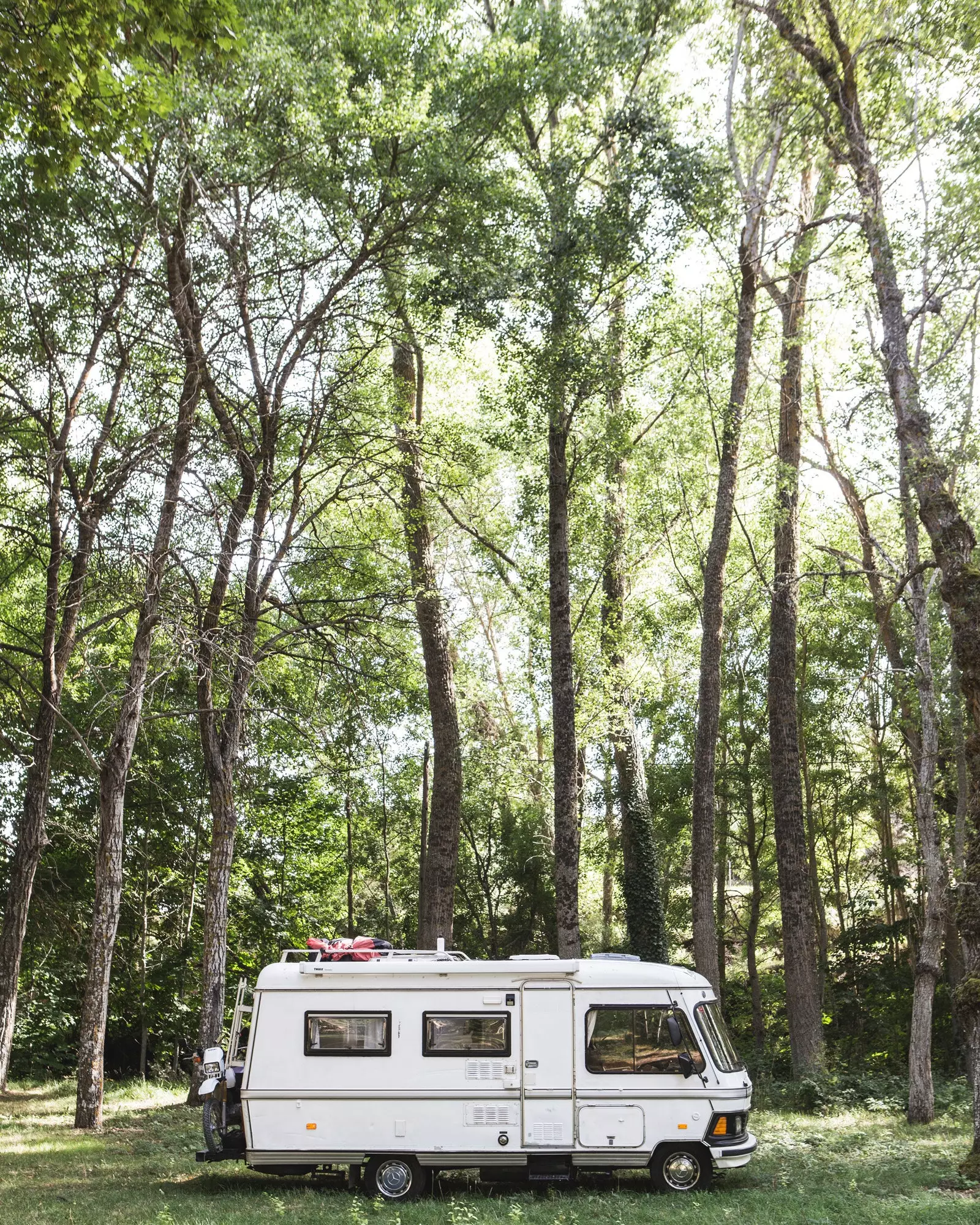
Bitxa (Nomad Portrait)
